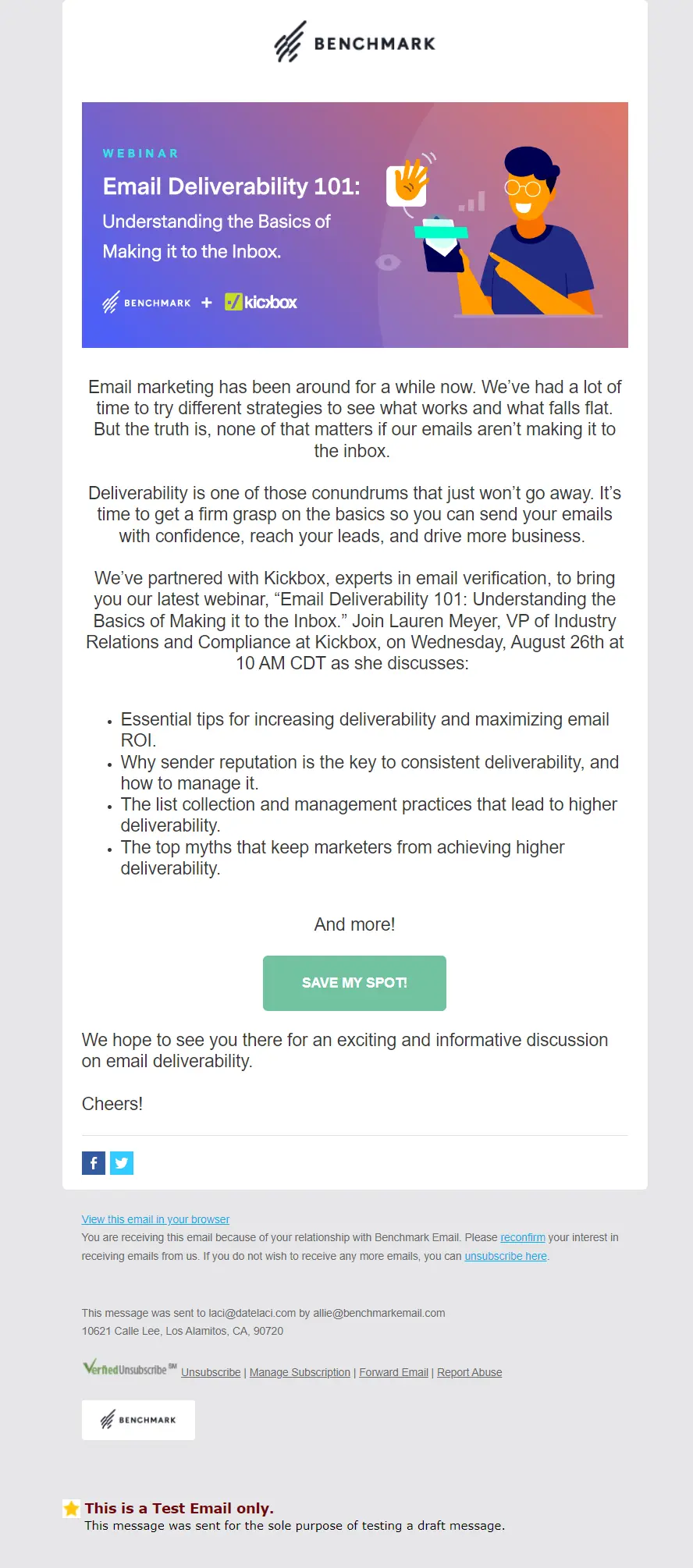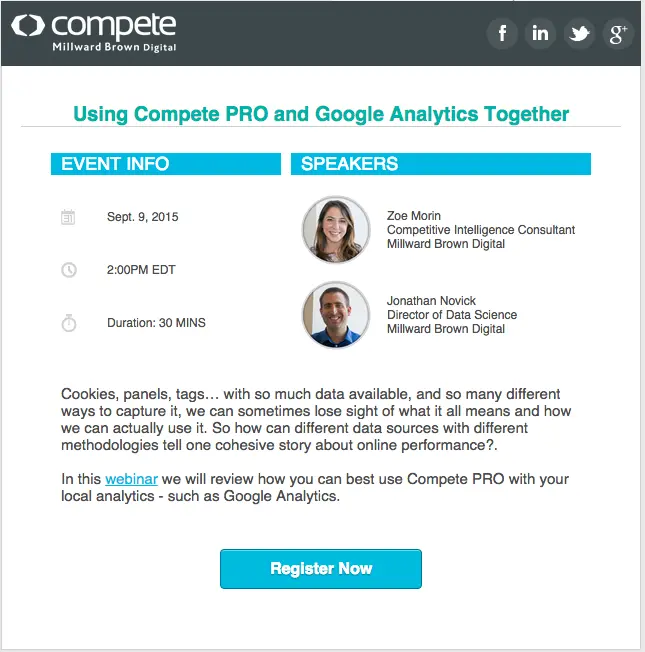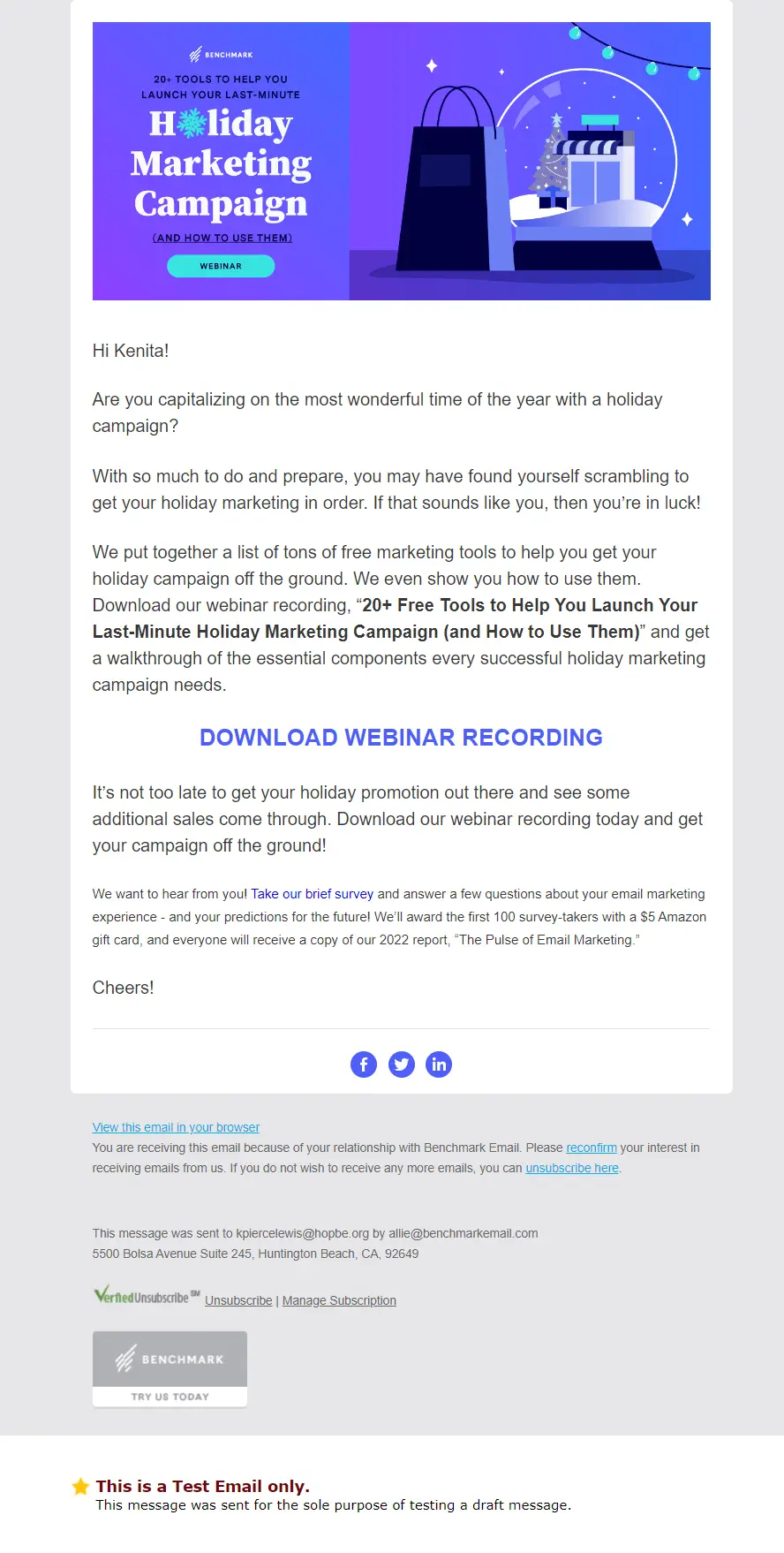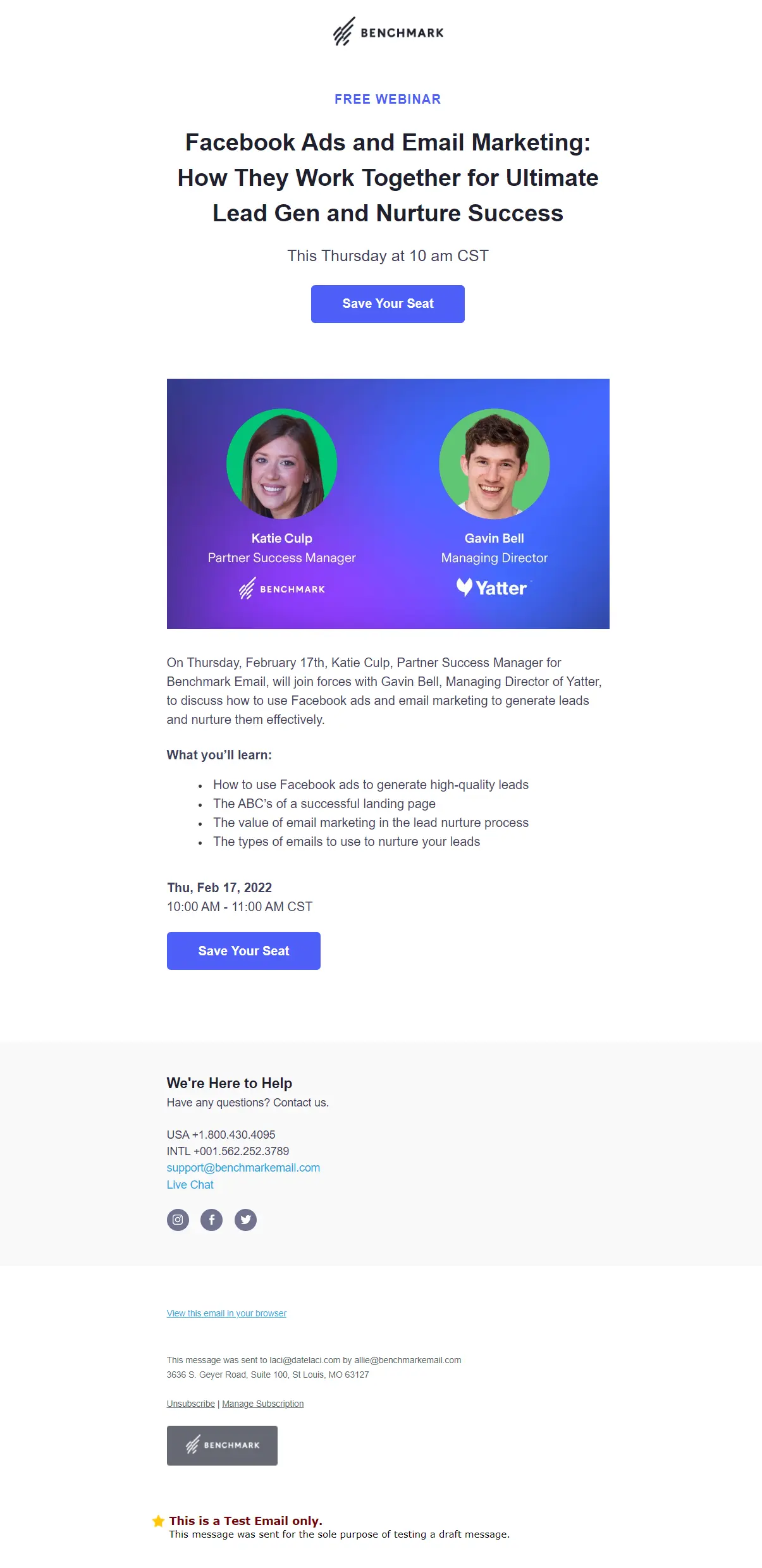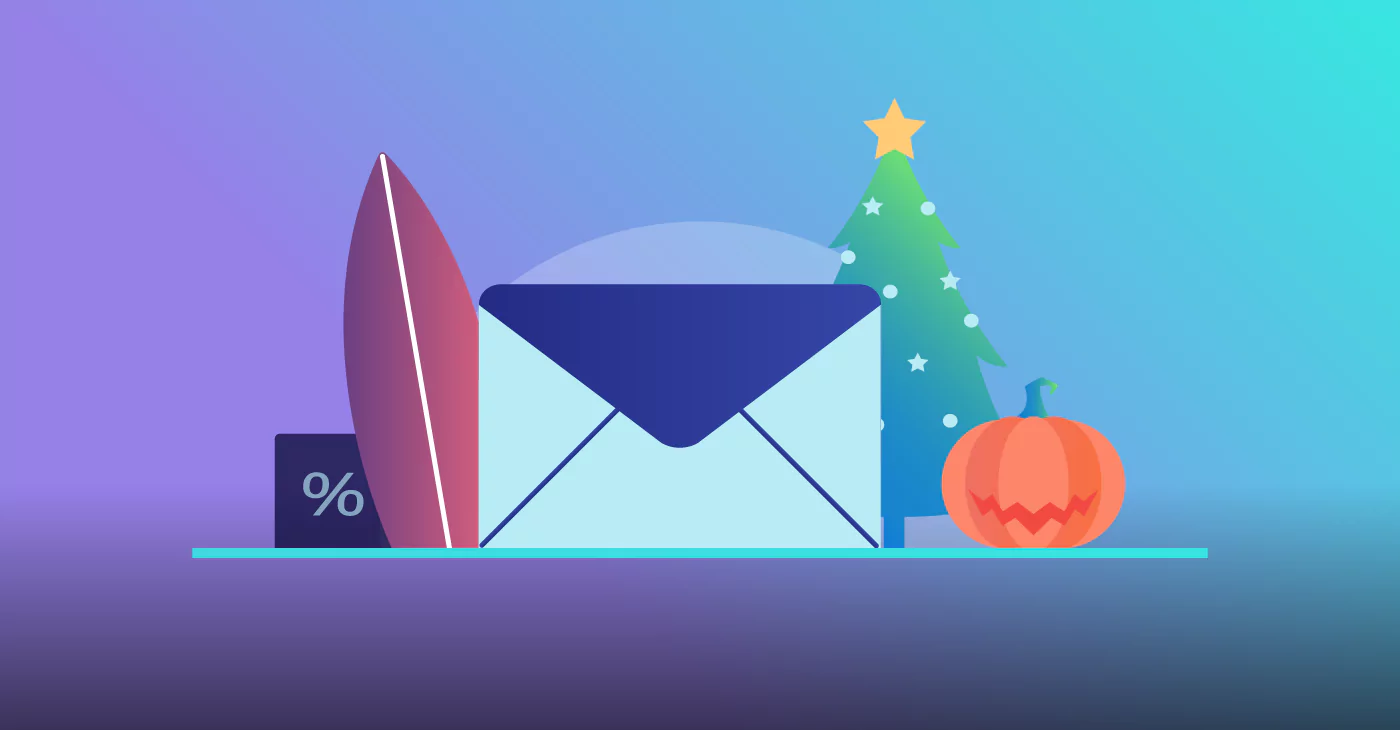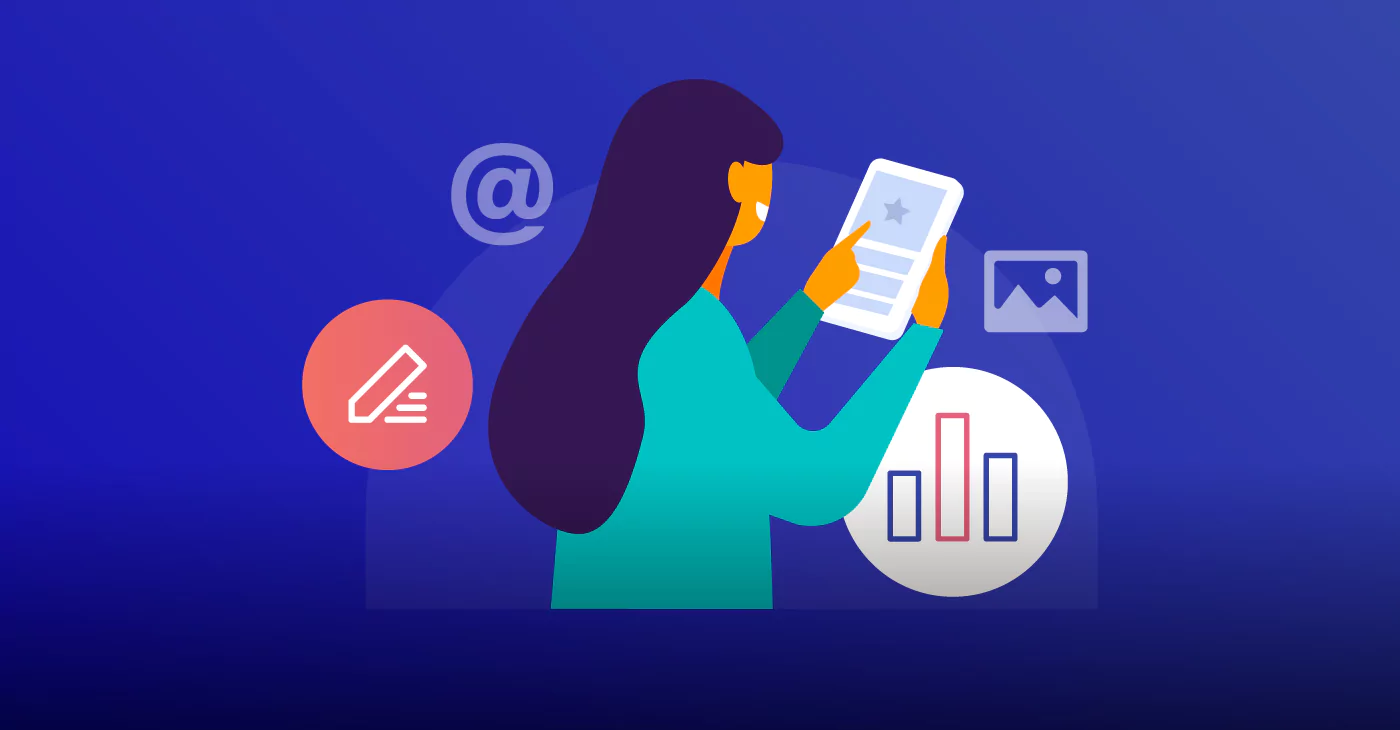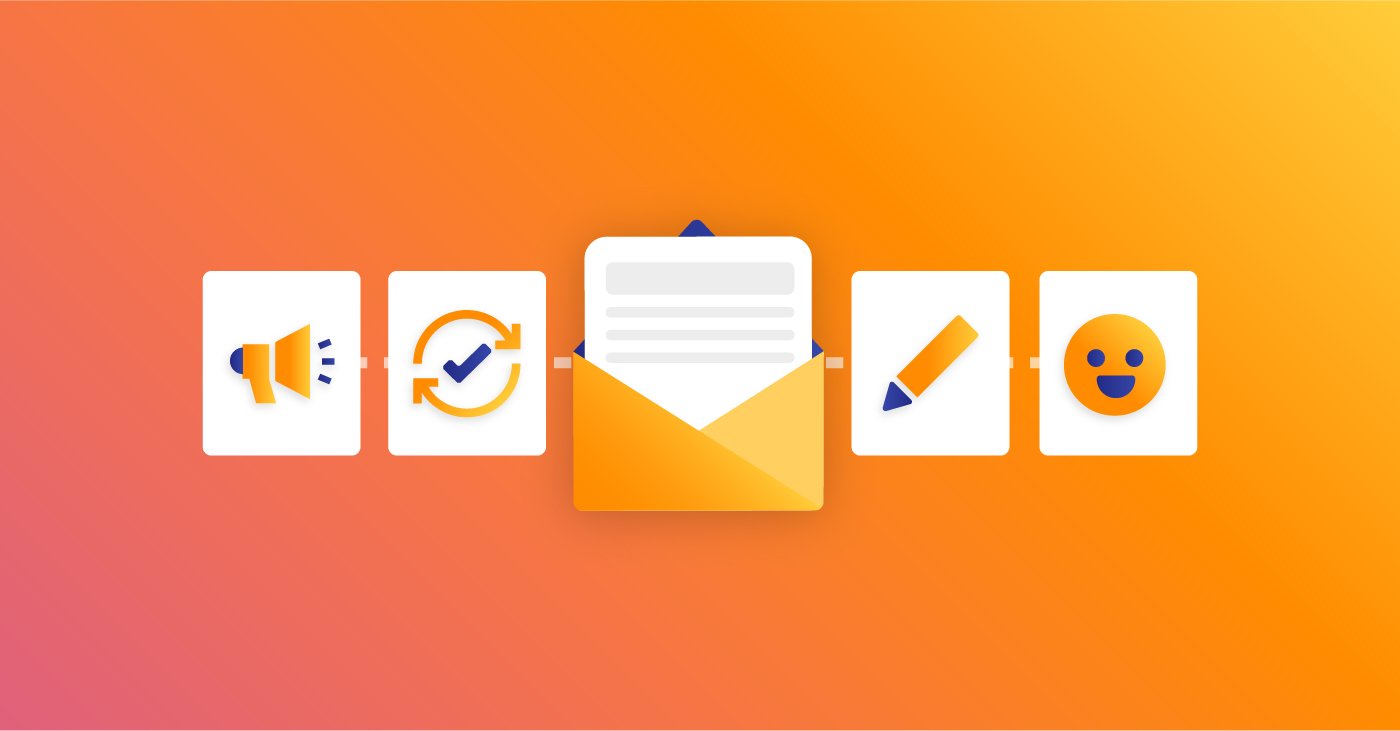
With COVID came a new way of doing business. Online and digital events became plentiful as people abandoned in-person functions due to safety precautions.
It’s been over two years since the pandemic started, and now in-person events have been making a comeback. In the marketing industry, they say one should never get comfortable. And while that certainly rang true these past couple of years, one thing is still for certain: email marketing will always be a beneficial channel to utilize.
No matter what your aim is, be it to convert a lead to a customer, engage a new subscriber, or create buzz and registrations for your next event, email marketing is the channel to get the job done.
As marketers navigate getting back to in-person events and planning events for their brand, we thought it would be a good time to discuss some tips and best practices for writing effective email invites. Let’s dive in.
Why Email Invites?
An email invite is a digital version of a conventional card or paper invite. The goal, just like any other invite, is to create buzz around your business events, increase awareness, and boost the number of attendees.
Email invites are different than conventional invites in that you can be smarter and more strategic about how you send them out, as well as how you measure engagement and success.
To help you get the most out of your pre-event email marketing campaigns, we’ve put together the following tips:
7 Tips for Creating Effective Email Invites
1. Segment Your Subscriber/Contact List
If you’ve made strides towards building your email list, it’s likely it will contain individuals from different parts of the world, various industries, and all walks of life. While that’s impressive, it’s important to note that a diverse list means not everyone will be interested in your next event. And for in-person events especially, some of your subscribers will be unlikely to attend if the event is not in a convenient location for them.
Before sending out your invites, segment your list to include only contacts who are likely to be interested in your event. You can do this by filtering your list based on the following criteria:
- Location/region
- Industry
- Engagement status (if they haven’t opened or responded to an email, they may be less inclined to want to attend)
- Where they are in the customer journey (if they’re close to making a purchase, inviting them to an event can help seal the deal)
The process of segmenting your contact list will leave you with a highly targeted list for your email campaign, which should help you to achieve strong email click-through rates (and sales if your event is set up to generate revenue).
2. Develop an Attention-Grabbing Subject Line
Analysis of top marketers shows that brevity is king: email subject lines of 60 characters or less are preferred by experts. And since 35% of email recipients decide to either open an email or not based on the subject lines, you should pay close attention to this vital part of your email invite.
Ensure that the subject line captures the intended audience’s attention. Keep it short and concise, but be sure to include the necessary details that will pique the interest of recipients. Some suggested words to include are:
- “You’re Invited!”
- “Register Now”
- “Save Your Spot”
3. Include a Concise Value Proposition
You may have a highly targeted list of contacts that you believe will be interested in your event, but that alone is not enough. Show them why they should attend your business event with a solid value proposition. This is a concise statement that explicitly states the benefits of the event and what attendees stand to gain if they attend.
Be sure to highlight the following:
- Event purpose
- Event theme and topics
- Noted speakers
- Key partners
- Specific takeaways
- Important attendees
See the email below, which promoted a webinar we did with Kickbox. This email leads in with the problem the webinar is trying to solve, then the details of the event and a bulleted list of what it will cover so the value is immediately identified.
4. Include Important Event Details
Provide critical details like the date, location, time, and duration of the event to help your recipients make a quick decision about whether to attend.
If there is a dedicated website or landing page for registration, include the details and links. You’ll see better response rates if recipients can immediately access important details and RSVP to your email invite.
This webinar email invite from Compete clearly lists the date, time, and length of the webinar in its own column on the left so recipients know every technical detail.
5. Employ Social Proof
Take the pressure off your audience and help them reach a decision faster by using social proof in your email invite. This can be in the form of:
- Testimonial from previous attendees
- Number of attendees from previous events
- Number of currently registered attendees for the event
- Industry partners and experts that will be attending the event
- Images and social media posts from the previous year’s event
- Reviews from industry leaders and experts
Social proof will make your recipients see why the event is worth their time, and it will get them excited to join in on the fun.
6. Use Creative Visuals and Email Design
Harnessing the power of visual content is a wonderful email marketing strategy. Visuals grab the attention of your recipients, and they do a great job of creating excitement. You can use banners, stock images, or, better yet, images from the previous years’ events. Make sure your email design complements this approach, so your images look high quality and manage to grab your recipients’ attention.
For last year’s holiday marketing webinar, we created a visual banner that we added to our email promo. This visual tied in with the theme and was consistent across each channel that we promoted the webinar on.
Not design-savvy? Don’t worry. Benchmark Email has a library of free email templates. You can either download the template of your choice or sign up for a free Benchmark Email account and customize the email in our easy-to-use email editor.
7. Include a Hard-To-Miss CTA
Be clear about the action that you want recipients to take, and make this hard for them to miss. If you need the recipients to sign up on the registration website, RSVP using a link, or let you know their decisions by responding to the email invites, clearly state this in the email.
The CTA is the most important part of the email, as it’s the one action you’re hoping each recipient takes. You want to do everything you can to make their decision super easy. See how we’ve made the CTA front and center in the webinar email below? We’ve added it right below the header so people don’t miss it, and we added it again before the sign-off.
By following these tips, you can boost the success of your business’s next event and utilize a tried-and-true approach – email marketing. Just make sure you send out your email invites with plenty of time for recipients to register, and don’t be afraid to re-send your email invite to those who didn’t engage the first time. Good luck!



